We have been all waiting for this moment, when today the second Budapest Ballet Grand Prix has started at last in the outstanding venue of the National Dance Theater with the uniquely interactive round-table discussion, Meet the Jury. Semi-finalist of the highly competitive field featuring dance artists from 31 nations have already begun local registration.

Photos by HDU/Hype
Rarely do so many highly qualified ballet artists come to the capital of a country as II. Budapest Ballet Grand Prix, for which 157 applications were received from 31 countries, and after the pre-selection, 80 participants will present their skills in front of a Jury formed by world-famous ballet artists and choreographers.
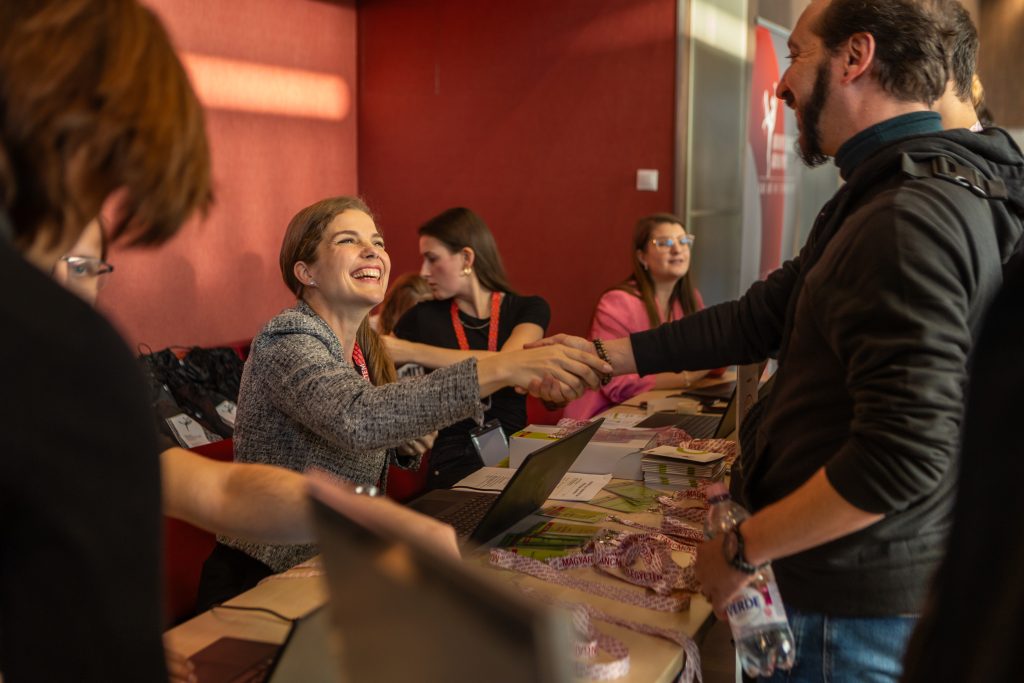
The event of great interest, which takes place at the National Dance Theater and MÜPA – The Palace of Arts Budapest, begins today with the side event Meet the Jury and ends with the grandiose Gala Night and awarding ceremony on Friday, 22 November. We welcome as our prestigious guests, among others, the New York City Ballet’s prima ballerina, celebrated Broadway artist, Megan Fairchild, Frederico Bonelli, former principal dancer of the Royal Ballet in London and Mr Gyula Harangozó, the highly honoured ballet legend of Hungary, as the President of the Jury. We have interviewed him as our distinctive associate.
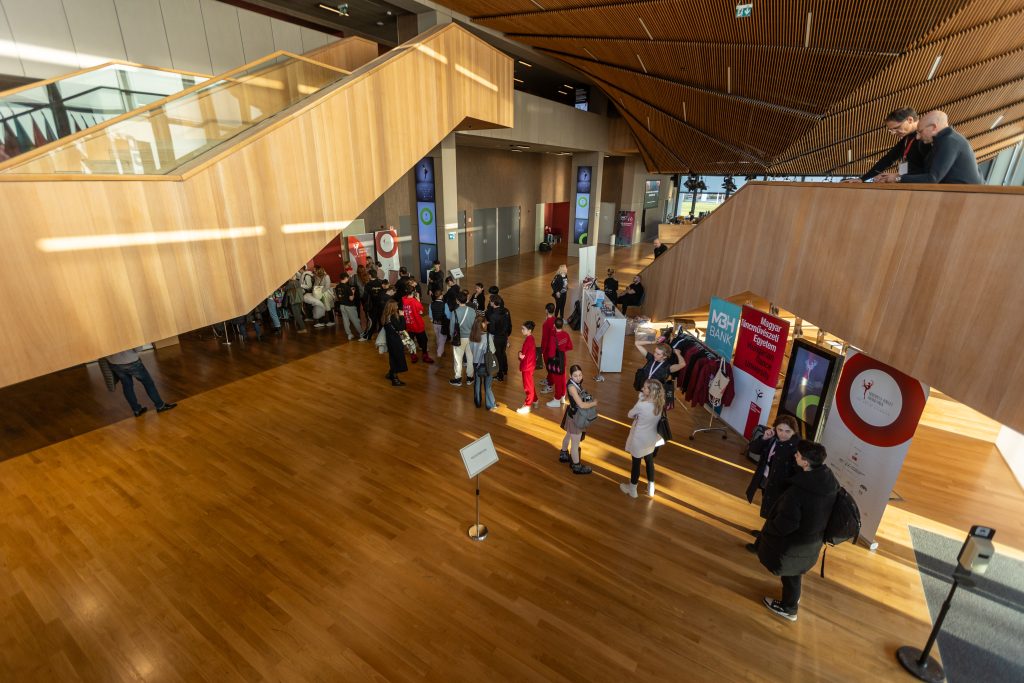
When Budapest Ballet Grand Prix (BBGP) was launched, the organisers of the competition set a goal to bring distinguished judges and artists together with a strong dance perspective in order to help the participants of BBGP to achieve their artistic potential. This year’s Jury, formed by great and world-renowned ballet artists, is chaired by Gyula Harangozó, one of the most outstanding ballet artists, choreographer-director and creator of the Hungarian and the world dance scene, who comes from a family of prominent dance artists.
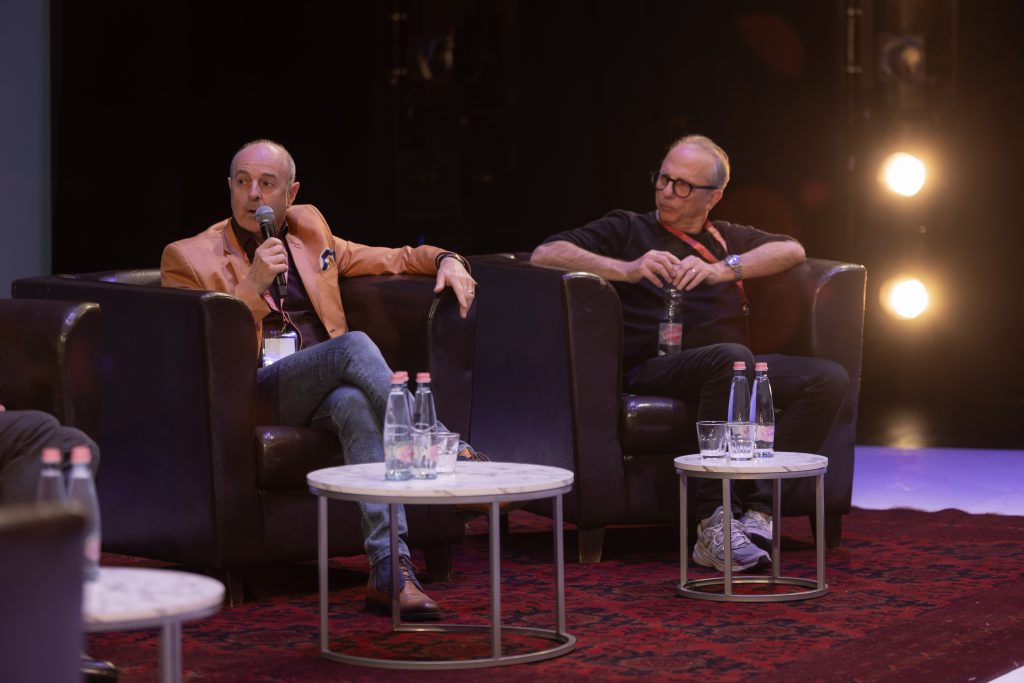
Throughout his career, Gyula Harangozó has received numerous awards and honours. Among his awards are the Austrian Cross of Merit for Science and Art, the Officer’s Cross of the Order of Merit of Hungary, Merited Artist of the Hungarian Republic and the Kossuth Prize which one of Hungary’s most prestigious honours.
As a ballet director, he has served and led several national ballet companies including the Hungarian National Ballet, the ballet company of the Hungarian State Opera House, the Wiener Staatsoper, the Wiener Volksoper and the Ballet School of the Wiener Staatsoper.
Since he is a member of the Board of Trustees of the Foundation for the Hungarian Dance University, Mr Harangozó, the President of the Jury, is quite familiar with BBGP’s organiser institution.
It’s a great opportunity for young artists to get your input during the competition. Can you tell us why such a competition is important in the ballet and dance scene at home and abroad?
There are many aspects, but I will highlight two very important ones. One is the aspect of the Hungarian Dance University which is organising the competition. The university wants to become one of the most influential dance training institutions in Europe, but to achieve this, it needs to raise its profile and, as we Hungarians say it, it needs to put itself on the map. Budapest Ballet Grand Prix serves this goal and the interest of the students of the university, and as a Hungarian dance artist, I can absolutely identify with this. With our excellent competition, we want to attract attention and make a good impression on everyone who visits us from Paris to Tokyo. Dance artists from more than 30 nations will learn about the university, the campus, our great venues, outstanding masters, artists and a little bit of the country and Budapest. I believe that after the days spent here, the participants will take our reputation and that more people will come to study at our university in the future.
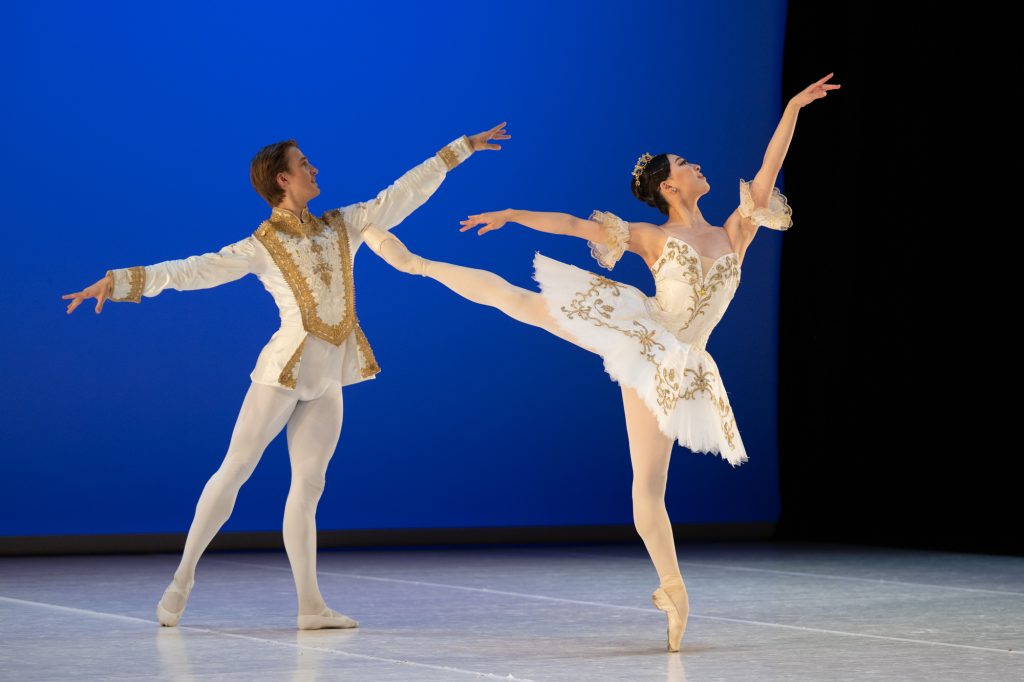
BBGP 2023
The other aspect is that of the participants who are emerging dance artists or talented students from renowned training institutions. Anyone who looks at dance from an outsider’s point of view might not think that prizes are not the only important things in a competition. Perhaps even more important is the opportunity for preparation and professional development. A young dancer at a ballet company normally waits for his or her turn to prove his or her talent. Once the opportunity is provided, they will benefit from the amount of rehearsal that will help them make progress in their career.
When preparing for a competition, like Budapest Ballet Grand Prix, the participant has to practice a lot, prepare with the ballet master, and in Budapest he or she has the opportunity to attend master classes, to be constantly in the hall and on stage. It’s a particular opportunity to gain exposure in an international environment, while learning and gaining a lot of experience.
Perfecting technical skills is important because that’s when it’s time to do it. Art comes later through roles.
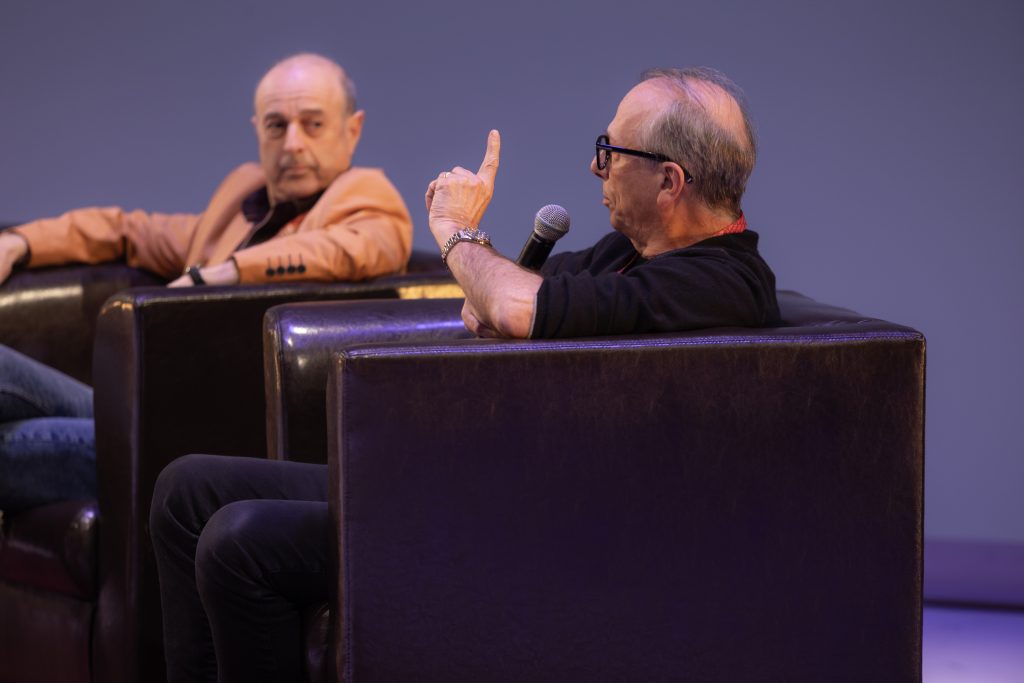
You have collected a lot of experience as a jury member. What do you consider most in a performance?
I’ll stick to the aspects, since we started like this, but I’ll tell you three of them. The first one is, does whoever comes on stage get my attention? Is he or she interesting or uninteresting? The next is how prepared the dancer is. We know most of the pieces performed, we have seen them many times and danced most of them, so we are able to judge how technically prepared the competitor is. The third aspect is the artistic power of the performance, which is a very difficult task in this case, because we are talking about a fragment of a performance. Just like during the performance, the competitors have no real opportunity to show the arc and dramaturgy of the role during the short scene, but when one does show it, he or she grabs the potential of a great artist-to-be.

Ágnes Ziegler, Managing Director of Zigler Ltd, an important BBGP supporter, presented a gift to the jury members
Have you encountered such a moment in your career?
I saw an example of this at the First Moscow Ballet Competition in 1969, when the then 19-year-old Mikhail Baryshnikov danced the Vestris piece, choreographed by Jakobson if I remember correctly. He has masterfully personified several people on stage. He just pulled his hand in front of his face and suddenly another character was standing and dancing on stage.
I have just talked about the importance of the high-standard technical knowledge. As a basis, it is indeed important, but what stays with the viewer apart from the great technical execution is the way of performing. The power of art.
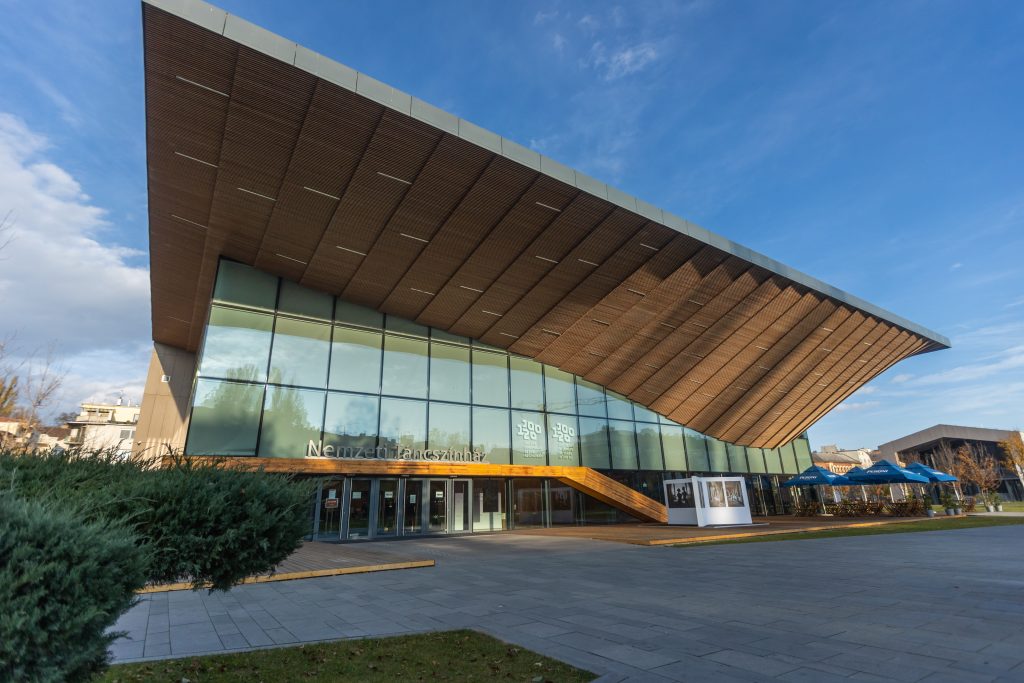
National Dance Theater – Budapest


























